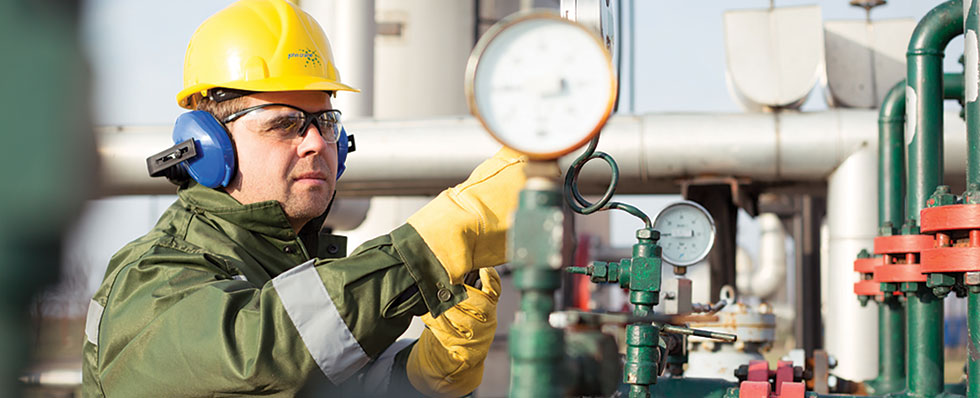
On the back of necessary greenhouse gas emission reductions, the demand for power is still increasing. As existing power cycles have been improved, new processes like the Allam Cycle–an oxy-fired, trans-critical carbon dioxide (CO2) cycle with near-zero atmospheric emissions–have been introduced, making power creation more efficient.
Benefits of the Allam Cycle include:
- capturing or eliminating substantially all the carbon and noncarbon atmospheric emissions without additional costs
- it does not require water
- it can use inexpensive gases like acid, sour, associated and produced gas
The Allam Cycle platform is a semi-closed cycle with a CO2 working fluid. A net efficiency of 55% to 59% can be considered with capturing 97% of the CO2. This process is a breakthrough technology with the potential to realize low cost and clean generation.
One of the key design considerations is the type of compressor solution best suited to this application. In a recent application, the end user chose an integrally geared (IG) compressor because of its smaller footprint, less weight, better polytropic coefficient and cost factors. The challenges for the compressor have been the high-speed driver, compressor-gas turbine-generator train and the high-pressure CO2.
For the world’s first commercial Allam Cycle oxy-fuel power plant operated by a net zero solutions provider in Houston, Texas, an engineered technology provider was selected to provide the dry gas sealing technology for the supercritical CO2 (sCO2) compressor manufactured by a provider of turbomachinery solutions, for a 50-megawatt (MW) test plant. The decision to use the technology provider’s seals followed a long cooperation in terms of arduous applications, particularly in terms of sCO2 applications.
The distinctive feature of the CO2 cycles is the high-density characteristics of sCO2, which presented challenges to the gas seal. CO2’s critical point is at approximately a pressure of 74 bar at 31 C, thus the sCO2 area with high density and viscosity will be reached easily. Operating near the critical point means large variations in density and viscosity can be caused by minor changes in temperature and pressure.
The technology provider worked closely with the turbomachinery provider to design a seal capable of reliably handling the fluid conditions of the compressor, such as up to a pressure of 178 bar and temperature up to 204 C in the seal area, with the challenge to run at a speed next to 33.000 rotations per minute (rpm). Because of this, the product temperature was higher at stage four of the industrial-grade (IG) compressor. This seal was designed so an additional labyrinth could be placed inboard to allow the injection of additional cooling gas to achieve a thermal barrier.
The technology provider chose a common seal type, with polymer rings as secondary sealing elements in a single seal arrangement, because the process gas is not hazardous, and rotor dynamic issues also had to be taken into consideration. The seal needed to be designed in a way that the rotor weight is as little as possible, and the center of gravity is close to the bearing. In addition, the remaining leakage of the seal needs to be handled carefully.
Even if it is not considered as hazardous, due to its molecular weight of 44.01 grams per mole (g/mol), it will naturally sink. It will not create an explosive situation but would be dangerous to any living aerobic organism, meaning the area around the compressor needs to be vented carefully.
The pilot site became operational in 2021, delivering power to the Texas power grid. The dry gas seals are currently operating smoothly and within the design expectations, enabling the safe and reliable operation of this sCO2 compressor.
This site has successfully proven the adoption of sCO2 as a working fluid in a power cycle and a larger site is now being developed in the United Kingdom using this technology.

